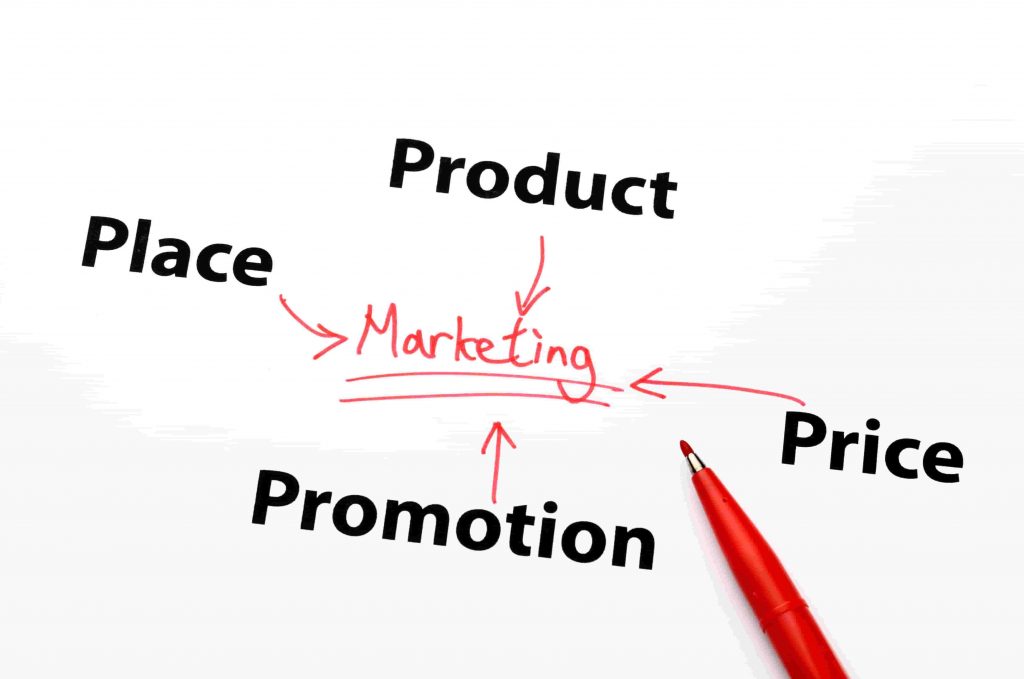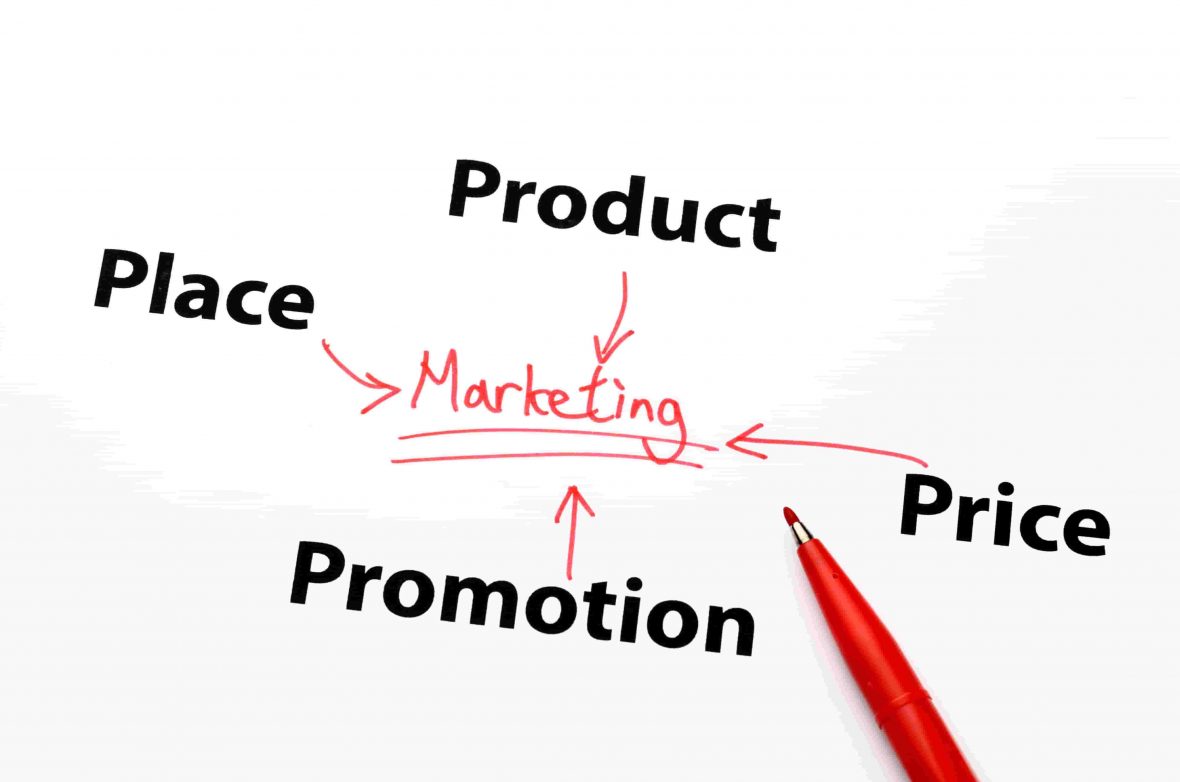Technology has transformed marketing by making campaigns more personalized and immersive for people and creating ecosystems that are more integrated and targeted for marketers. And it’s not just the interface between brands and people that has been transformed. New technology in marketing has spread throughout the infrastructure and systems on which companies are built, delivering value to procurement and adding to the bottom line.

In 2013, 47% of US marketers focused on creativity to drive marketing strategy. Last year that number was 29%. In 2022, for 56% of marketers, both creativity and technology will play an equal role in determining where and how they engage with their customers. 30% will prioritize technology over creativity.
Technology has impacted every part of our lives. From household chores to business disciplines and etiquette, there’s a gadget or app for it. Marketing has changed dramatically over the years, but what is the impact of technological advances in marketing?
1. Marketing Channels
The focus of marketing has shifted from competitive advertising to the collection and distribution of data. New technology for marketing has revealed hundreds of ways to understand businesses and consumers, and even more ways to reach them. However, with all this new information available, it becomes difficult to organize and analyze everything.
Marketing research is now easier than ever. Virtually all businesses and clients have access to the internet. Tools like customer relationship management systems are also becoming more popular. There has been a significant rise in social media marketing as well as marketing on web pages.
Digital technologies in marketing allow consumers to find and research products from their homes. Direct marketing is now encouraging consumers to do just that. Businesses often include enticing offers to take advantage of while you’re drinking your coffee. What could be more convenient?
2. Social Media
Social media and the internet allowed for innovations in marketing and business. Location-independent companies rely on social media tools for advertising. Many entrepreneurs have started creating businesses that don’t have physical stores or offices. Online businesses are the dream of various groups of people. Working for these businesses is advertised as “working from your phone on an exotic beach,” but there’s a lot more to it.
Businesses need to engage with their clients, and one way they do that is through social media marketers and influencers. These people are paid to promote and advertise products on social media and direct website traffic to certain areas. Social media is used to monitor and respond to complaints and comments. Companies also use it to analyze the business’s advertising reach and engagement.
3. Integrated Marketing Communications
IMCs have allowed businesses to coordinate messages and overall advertising platforms. Giving consistent information to clients helps establish your brand in a consumer’s mind. Integrated marketing has changed immensely with developments in technology and marketing. To understand how these changes affect IMC strategies, you first need to understand what integrated marketing is.
Integrated marketing aims to create a seamless customer experience, from seeing the advertisement to receiving the product. Integrated marketing requires constant and consistent communication with clients. New developments regarding the internet and communications have made this easy.
An important aspect of integrated marketing is data collection and analysis. To create the best experience that stays consistent for each customer, you must research what your target market wants. The main focus of integrated marketing measure user experience and understand consumer actions. Businesses do this with online polls, databases, automated emails, and other useful developments.
4. Access to Information
Consumers now have access to all public information regarding a product or company at the touch of a button. Because of this, consumers are more discerning and often will research a business before buying from them. Thus, marketing strategies have evolved to include video ads and banners. These ads usually redirect to web pages with information about the product. Companies also hire people to promote and review their products online.
The internet has also made it possible to compare prices easily. Because of this, there is more fierce competition regarding costs. This is great for consumers, as often the competitive companies will have special offers and promotions.
Conclusion
Technology has been pivotal to the growth of a lot of businesses, where it has helped them create relationships, strengthen the effectiveness of the company, and allows people to know about the company which has greatly affected the way companies communicate with their prospective customers.
.
Indeed, there has been a paradigm shift in marketing courtesy of technology. Marketing has now been made easier than before. With just a post on the internet, so many people around the world can be reached.
Visit https://chigisoft.com/labs for more
Related Article;



